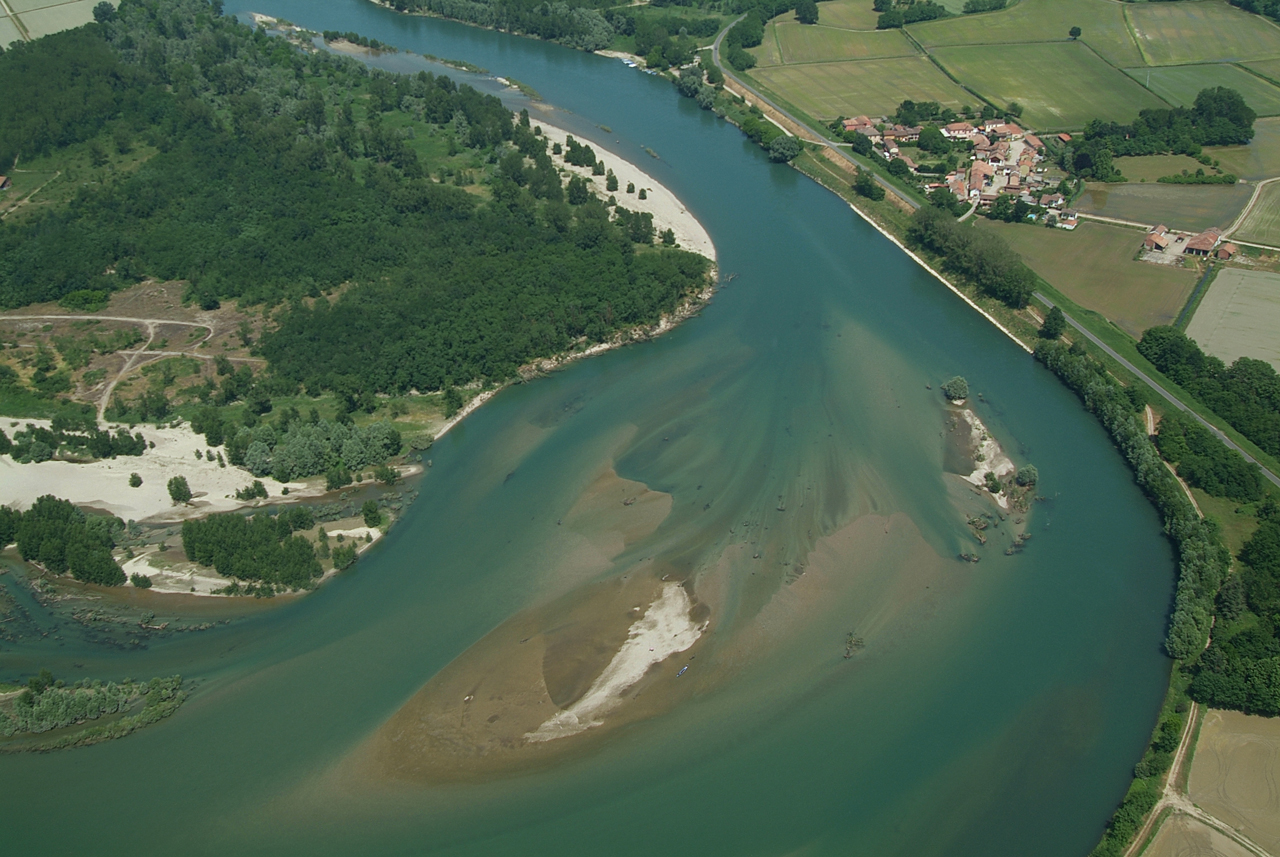ECO4TICINO
A cross-border alliance to protect biodiversity

Country
Partner
A green corridor to safeguard—together, beyond borders
The Ticino River flows through diverse yet interconnected landscapes: from Canton Ticino in Switzerland to Lombardy and Piedmont in Italy, it defines a strategic ecological corridor dotted with wetlands, riparian forests, heathlands, and dry grasslands. This mosaic of habitats hosts precious biodiversity—now increasingly under threat. Intensive agriculture, urban sprawl, and industrial development have fragmented the landscape and degraded many natural environments. Native species are struggling to survive in increasingly smaller and more isolated areas, while administrative borders often hinder integrated and effective biodiversity management.
We aim to tackle these challenges through a systemic and collaborative approach: Italian and Swiss partners are joining forces to promote cross-border stewardship of the river's natural heritage.
ECO4TICINO is based on the Ecological Corridor Restoration Plan for the Ticino River 2021–2031, a strategic document developed by a network of about 30 Italian and Swiss organizations, including Istituto Oikos. The plan outlines a long-term vision and identifies the conditions needed to restore ecological connectivity, environmental health, and resilience along the river’s course.
Together with a strong network of partners—scientific, technical, and operational—we carry out tangible interventions and implement effective governance tools to restore the functional integrity of the Ticino Ecological Corridor.
Our strategy focuses on three key areas:
• Strengthening collaboration among local authorities and protected areas, enhancing their skills
• Developing and implementing shared conservation strategies: habitat restoration and rehabilitation of fragile ecosystems
• Actively involving communities, to foster a sense of shared identity among people living along the river
ECO4TICINO integrates expert knowledge with grassroots participation to generate lasting change. The goal is not just environmental—it is also social, cultural, and political. A sustainable future for the Ticino River can only grow from a shared vision and collective action that transcends borders.
Photo: Parco Ticino Archive
Il progetto in numeri
180k
potabile in Tanzania
22k+
raccolti a Ibo, Mozambico
52k+
in Mozambico e Myanmar
11k+
di educazione nel mondo
200
di attività economiche
in Tz e Myanmar
1700
in Italia
1700
in Italia
52k+
in Mozambico e Myanmar
1700
in Italia
